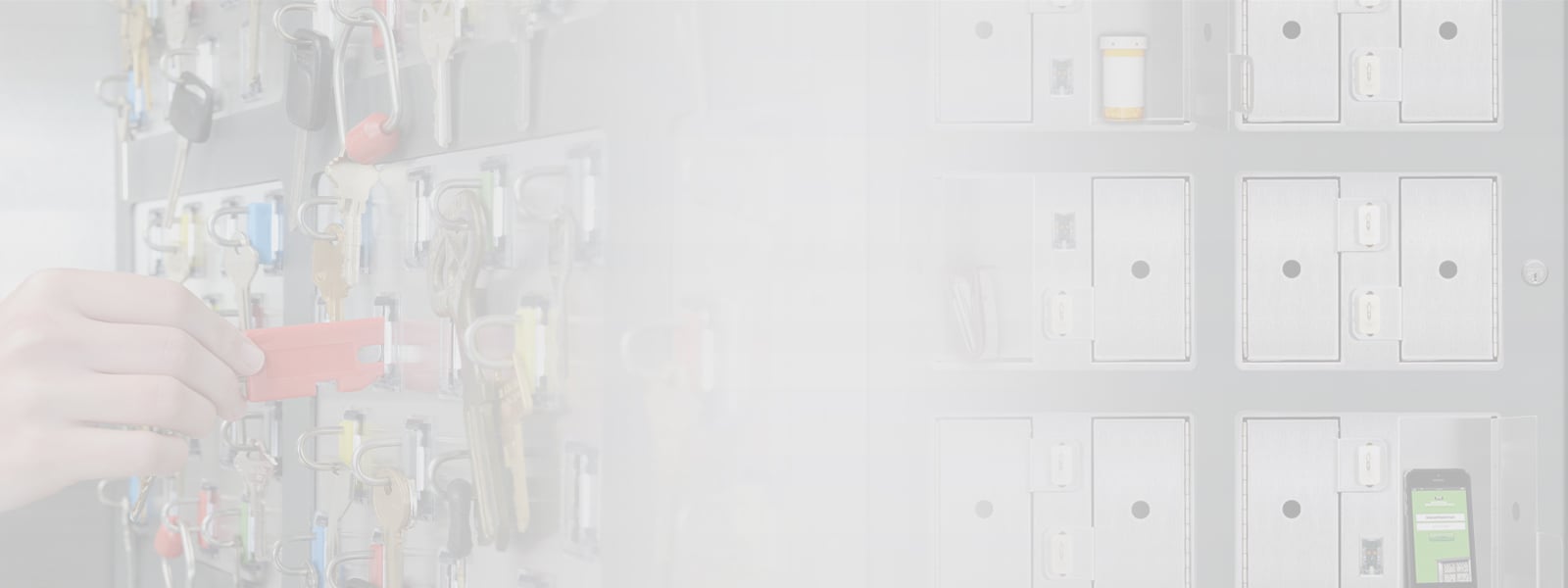- About
- Products
- Markets
- Resources
- Configurator
- Intelligence
- Contact

The primary use for key management is right in its name – most applications use it to control and manage their physical keys. By protecting keys, organizations are helping to control access to areas that utilize physical locks.
Preparation for emergency situations has become a critically important area of business planning for today’s organizations of every kind. While school shootings and other tragedies have taken the lead in the news, events like flooding, fires and power disruptions interrupt operations and cause mayhem for many businesses on a much more regular basis.
In the earliest days of Morse Watchmans, our sole product was PowerCheck, our guard tour system. But as we met with security personnel at various organizations, one thing we noticed over and over in their offices was their keys.
Cybersecurity is the new security frontier. As more and more of our daily business operations rely on networked technology, hacking has become a growing threat. Data theft, corruption, corporate espionage, and ransomware can all have a devastating impact on your organization. Being adequately prepared to deal with a cyber threat can make or break your business’ ability to handle attacks. Many businesses who deploy strong cyber protections are still leaving themselves vulnerable in another way—physically.
Las Vegas is unique in the American landscape: it’s a brightly lit tourist destination unlike any other, where money changes hands often and many tourists are looking to lose themselves on a getaway. What happens in Vegas may stay in Vegas—but only because Las Vegas has the security to ensure that tourists, gamblers, and employees are protected.
Morse Watchmans Incorporated – USA
2 Morse Road
Oxford, Connecticut 06478
Phone: 203-264-4949
Toll Free: 800-423-8256
Fax: 203-264-8367
Email: morse@morsewatchman.com
Morse Watchmans UK Ltd. – UK
Unit B Swift Park, Old Leicester Road
Swift Valley Industrial Estate
Rugby, Warwickshire CV21 1DZ
Phone: +44 (0) 115 967 1567
Email: morseuk@morsewatchman.com
© Copyright 2025 Morse Watchmans - Key Management Systems and Key Control Software. All Rights Reserved.
Privacy Policy, Terms of Sale, Terms of Purchase